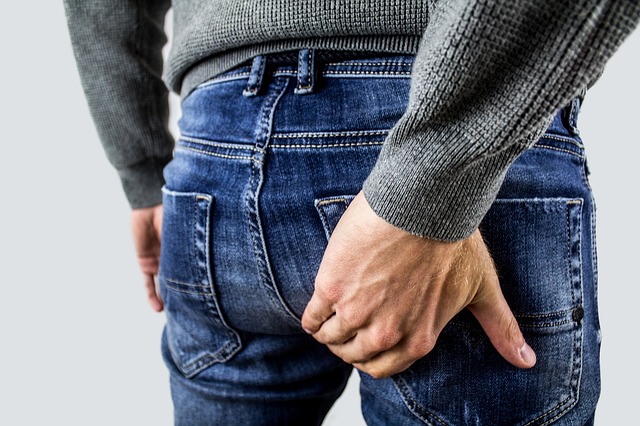
Easing the Pain in your Tailbone

The tailbone is one of the most unfortunate places to experience pain
The coccyx, better known as the tailbone, has such a crucial location, and is used for so many activities throughout the day, that it is bound to cause a disproportionate amount of pain. Typical causes of pain in the tailbone, also known as coccydynia, include:
- Traumatic injury to the coccyx
- Prolonged sitting
- Degeneration of the vertebral joints
- Vaginal childbirth
No matter what is causing it, pain in the tailbone can make the simple act of sitting an unbearable torture. It often causes pain during activities such as sex, defecation and menstruation. Most cases of coccydynia will resolve themselves in a matter of weeks, but here’s what you can do in the meantime:
- Avoid activities which exacerbate the pain
- Sit on a cushion with a cut-out beneath the coccyx, or a donut-shaped pillow. Wedge pillows also ease pain and discomfort.
- Use heat and ice
- OTC painkillers including ibuprofen to combat inflammation
How we treat tailbone pain at Relief Medical Group
At Relief Medical Group, our primary objectives when treating conditions involving the tailbone include reducing pain and helping the body heal faster. We have several avenues available to us when it comes to treating coccydynia, depending on the severity of the injury and the persistence of pain. These techniques include:
- Spinal manipulation: the lowest part of the vertebral column is the sacrum- a series of five fused segments that form a triangular shape between the lumbar vertebrae and the coccyx. Adjustment to this part of the spine can ease pain in the tailbone, improve range of motion and increase circulation to the injury.
- Treatment of the soft tissues: treating over worked tissues and learning to relax the muscles of the pelvic floor can help relieve pain symptoms related to coccydynia.
If this conservative treatment has no visible effect in reducing pain and mitigating symptoms, there are further treatments to consider including pain-killing injections and surgery. An MRI helps to determine the severity of the injury and set a course for treatment. If you are suffering from the effects of persistent pain in the coccyx, give our office in Fremont a call to schedule an appointment today.
